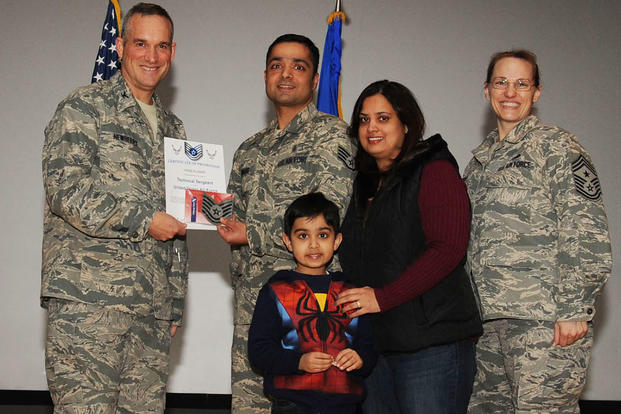

These include secreted factors like GM-CSF that contribute to the recruitment of inflammatory monocytes and macrophages. (C) Antagonism of IL-6 signaling pathway and of other cytokine-/chemokine-associated targets has been proposed to control COVID-19 CRS. Reduced proteolytic function within lysosomes augments antigen processing for presentation on MHC complexes and increases CTLA4 expression on Tregs.

(B) CQ and HCQ increase the pH within lysosomes, impairing viral transit through the endolysosomal pathway. IL, interleukin IFN, interferon TNF, tumor necrosis factor GM-CSF, granulocyte-macrophage colony-stimulating factor GzmA/B, granzyme A/granzyme B Prf1, perforin.Īvailable Therapeutic Options to Manage COVID-19 Immunopathology and to Deter Viral Propagation (A) Rdrp inhibitors (remdesivir, favipiravir), protease inhibitors (lopinavir/ritonavir), and antifusion inhibitors (arbidol) are currently being investigated in their efficacy in controlling SARS-CoV-2 infections. In addition, larger and more defined patient cohorts with longitudinal data are required to define the relationship between disease severity and T cell phenotype. This working model needs to be confirmed and expanded on in future studies to assess virus-specific T cell responses both in peripheral blood and in tissues. In severe disease, production of specific inflammatory cytokines by CD4 T cells has also been reported. Several studies report increased numbers of activated CD4 and CD8 T cells, which display a trend toward an exhausted phenotype in persistent COVID-19, based on continuous and upregulated expression of inhibitory markers as well as potential reduced polyfunctionality and cytotoxicity. Working Model for T Cell Responses to SARS-CoV-2: Changes in Peripheral Blood T Cell Frequencies and Phenotype A decrease in peripheral blood T cells associated with disease severity and inflammation is now well documented in COVID-19. Arg1, arginase 1 iNOS, inducible-nitric oxide synthase Inflamm., inflammatory Mono., monocytes Macs, macrophages Eosino, eosinophils Neutro, neutrophils NETosis, neutrophil extracellular trap cell death SHLH, secondary hemophagocytic lymphohistiocytosis. Dashed lines indicate pathways to be confirmed. Preliminary data suggest that the antiviral function of these NK cells might be regulated through crosstalk with SARS-infected cells and inflammatory monocytes.

Monocyte-derived CXCL9/10/11 might recruit NK cells from blood. Other myeloid cells, such as pDCs, are purported to have an IFN-dependent role in viral control. The systemic CRS- and sHLH-like inflammatory response can induce neutrophilic NETosis and microthrombosis, aggravating COVID-19 severity. Inflammatory monocyte-derived macrophages can amplify dysfunctional responses in various ways (listed in top-left corner). Sustained IL-6 and TNF-ɑ by incoming monocytes can drive several hyperinflammation cascades.

IL-6, IL-1β, and IFN-I/III from infected pulmonary epithelia can induce inflammatory programs in resident (alternate) macrophages while recruiting inflammatory monocytes, as well as granulocytes and lymphocytes from circulation. SARS-CoV-2 Infection Results in Myeloid Cell Activation and Changes NK Cell Function Based on data from preliminary COVID-19 studies and earlier studies in related coronaviruses.


 0 kommentar(er)
0 kommentar(er)
